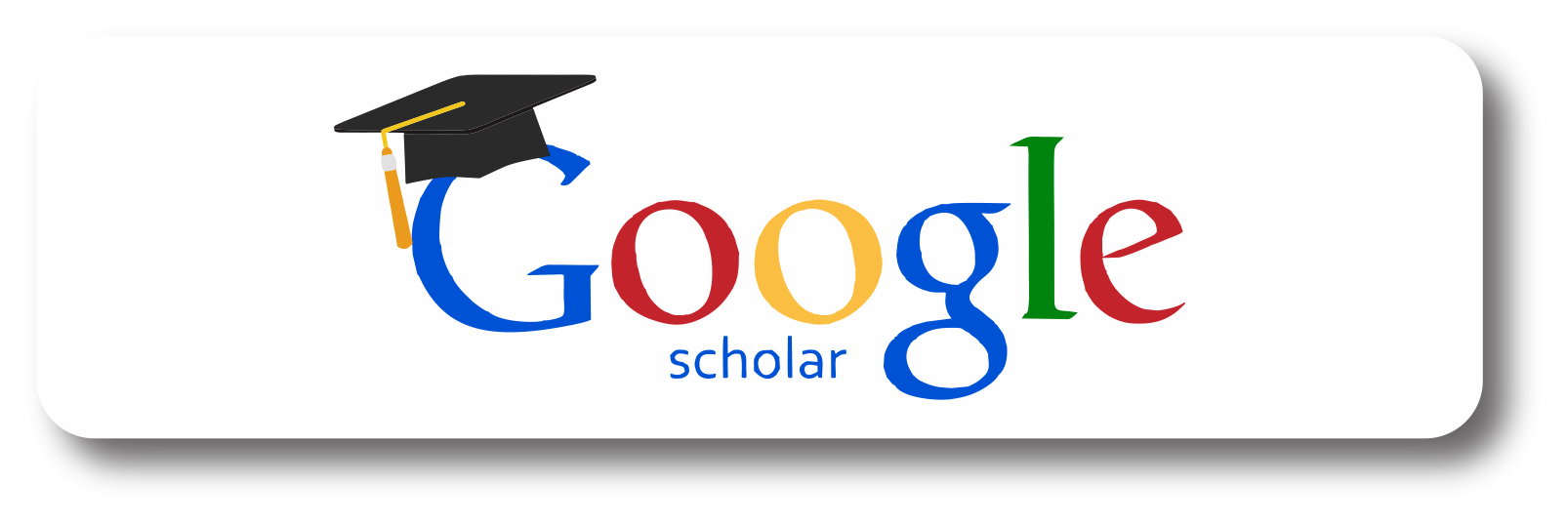CORPUS LINGUISTICS FOR LANGUAGE TEACHING AND LEARNING: A RESEARCH AGENDA
Keywords:
Agenda, CL, lexico-grammatical elements, DDL, CEFR, metacognitive, plurilingual, generative AI.Abstract
This work explores the intersection of corpus linguistics (CL) and language pedagogy, proposing a research agenda to bridge theory and classroom practice. It highlights how corpus-based approaches—such as data-driven learning (DDL), concordance analysis, and frequency studies—can enhance language teaching by providing authentic linguistic examples, revealing patterns of usage, and fostering learner autonomy.
References
1. Sinclair, J. (2004). How to use corpora in language teaching.
2. John Benjamins. Seminal work on integrating corpora into pedagogy, emphasizing data-driven learning (DDL) and authentic language exposure.
3. McEnery, T., & Hardie, A. (2011). Corpus linguistics: Method, theory and practice. Cambridge University Press. Covers corpus methodologies with implications for language teaching research.
4. Granger, S. (2015). "The contribution of learner corpora to reference and instructional materials design." In S. Granger et al. (Eds.), The Cambridge Handbook of Learner Corpus Research (pp. 485–510). Cambridge University Press.
5. Boulton, A., & Cobb, T. (2017). "Corpus use in language learning: A meta-analysis." Language Learning, 67(2), 348–393. Quantitative synthesis of DDL’s effectiveness across contexts.
6. Johns, T. (1991). "Should you be persuaded: Two examples of data-driven learning." ELR Journal, 4, 1–16
7. O’Keeffe, A., & McCarthy, M. (Eds.). (2022). The Routledge Handbook of Corpus Linguistics (2nd ed.).


